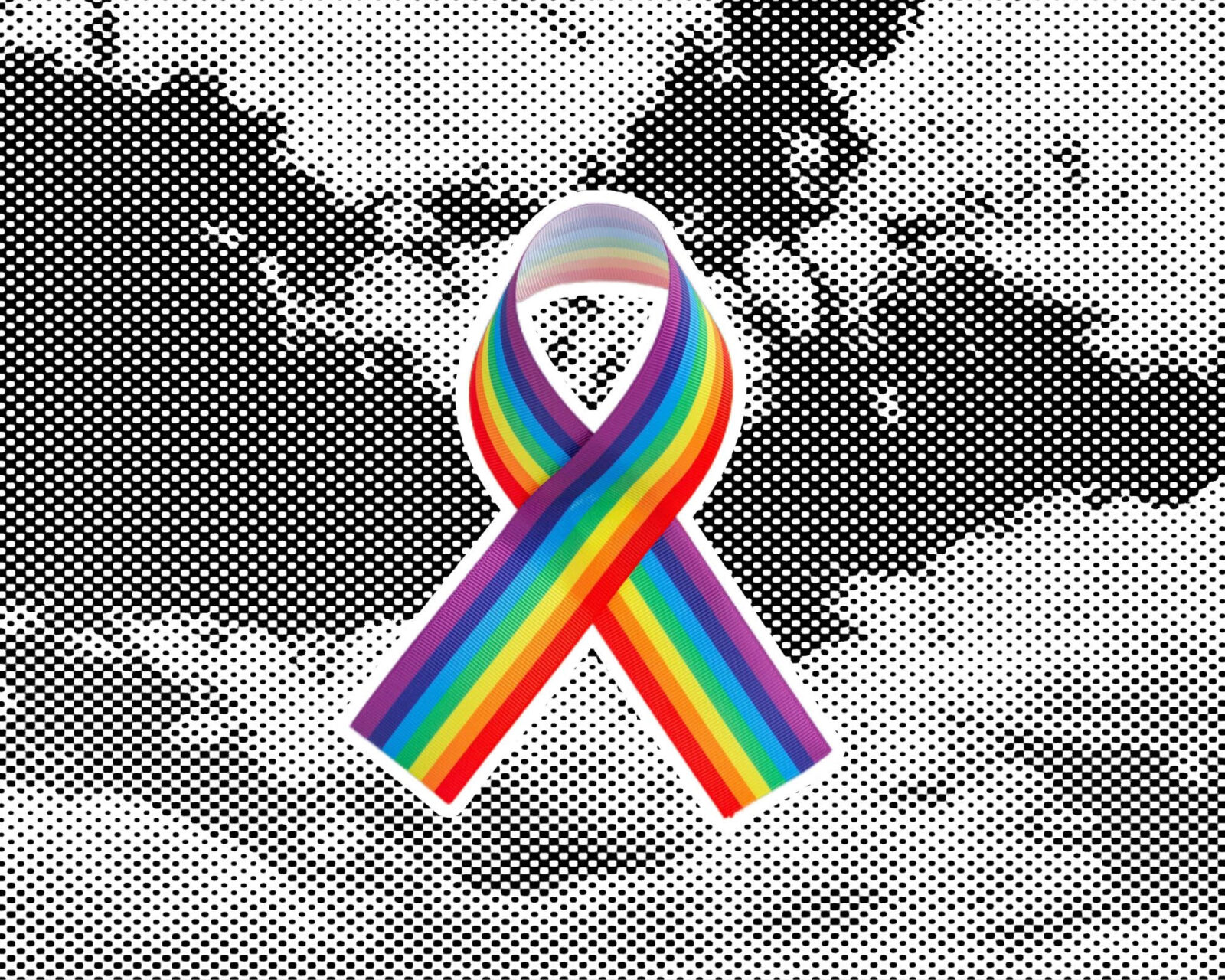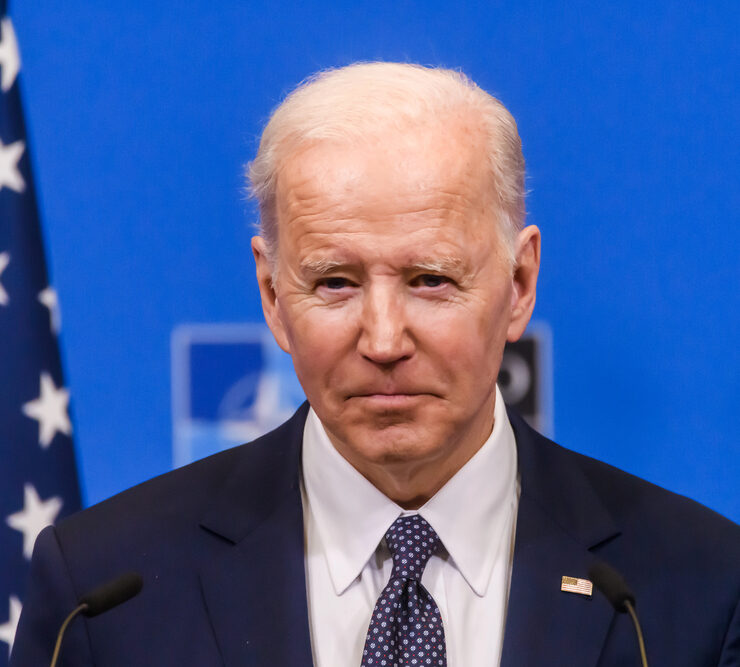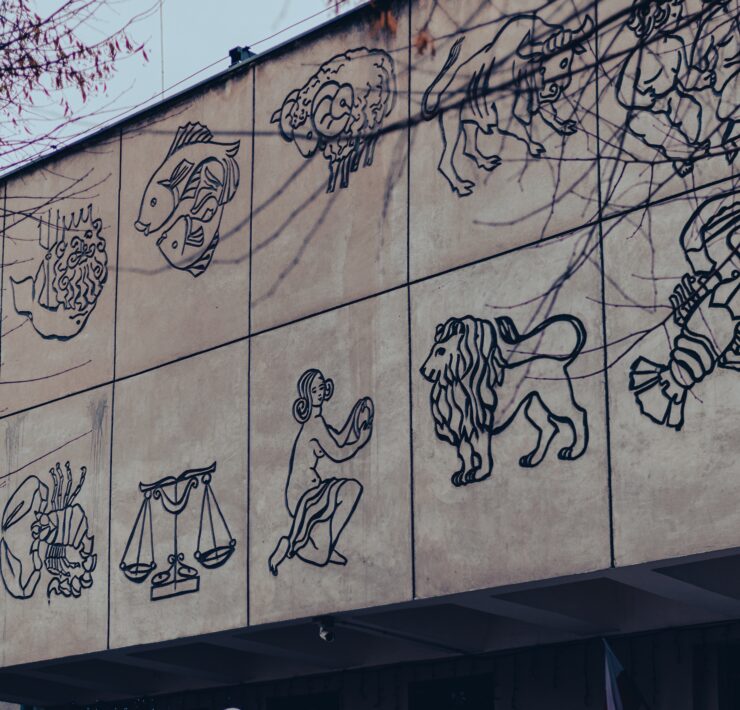Cancer Hits. The Queer Spirit Returns Fire.

Cengizhan Sen (born 1998) is a London-based writer, producer, researcher…
The queer identity has always remained plagued, pleased, and provoked by the idea of control. Within a world where it is questioned by the masses, for the minority queer folk, this ceaseless game of tug-of-war is one where losing has been the perpetual outcome.
The evidence is made clear in ongoing histories, where control bends in favor of heteronormativity. But taking a drawback from the extremities of hostility, it remains a challenge to defend and control queer identities. And for all the accounts of queer suffering that exists, the soaring band of colors at this year’s Pride suggests we have come far.
An observation of the Progress Pride flags shows that the assortment of colors now goes beyond Gilbert Baker’s symbolic approach. The evolution of the flag and the subsequent creation of ancillary representative iconographies not only reaffirm the diversity of the LGBTQIA+ community but reminds the world of what being queer, transgender, intersex, or nonbinary truly means—reading queerness beyond the stripes and circles.
I often envision queer identities as adventurers who, upon finding the treasure trove of community and self-love, discover that the quest is yet to end and that there are greater bounties ahead. In the battle with bigoted beasts, discriminatory demons, and homophobic hell-lords, the queer adventurer equips themselves with a sturdy sword, backed by a spritely guild that heals their wounds and boosts morale. Control wanes and waxes, but the journey continues.
A disease like cancer can sully the colors of the rainbow and disrupt the control queer bodies establish for themselves. This, by all means, does not exclude heterosexual patients, but for the queer case, it can be far more threatening.
When acknowledging the difficulties faced by queer individuals outside of the scope of sickness, there’s a list exacerbated by intersectional factors including religion, ethnicity, and culture. Sickness joins forces and becomes a forbidding enemy. The queer body becomes a line of defense unable to withstand attack, and the consumptive nature of cancer sets its destination to the mind. Vulnerable once again, the queer body is aided by treatments and surgeries to subjugate cancer.
Dependency awaits on malignancy. For many queer patients, this may mean living or moving back in with family. Family bonds are cognized as paradoxical, with cancer’s abrasiveness either strengthening or completely breaking them. Folks may have to receive treatment in households that are unsupportive or discriminatory, forcing individuals to remain unseen or retract self-disclosure.
In the foreignness of the treatment ward, queer patients may deal with issues unidentified. The misuse of pronouns, insensitivity from medical practitioners, or gender dysphoria caused by surgeries, sterilizing one’s own identity in corridors absent of representation or specific resources. It becomes difficult to analogize queerness with phantasmagorical narratives when all these factors in cancer care are accosted.
Yet I do not wish to reassert cancer’s tyranny over queer patients. Rather, I want to overthrow it and embolden the queer spirit. In the act of withstanding the offense of cancer, control comes about in profound ways whereby queer realities are entirely reshaped. Cancer, in all its peculiarities, becomes the catalyst for reclaiming control. As queer realities are readily submerged in a deepened recognition of the temperamental nature of existence, a life led by authenticity and freedom holds immense value, for it is made abundantly clear that its absence leaves very little hope or magic. When the queer reality has much taken away from it and cancer takes fistfuls more, these prerogatives gain more significance.
We begin to understand that the only thing that cancer will not and cannot steal is our intrinsic queerness. Who we are. It cannot consume nor conquer it.
When cancer hits, the queer spirit returns fire. It may encourage the announcement of sexuality or taking the steps into transitioning. We may nurture the relationship with our family of choice with greater reason, with their support guarding this fire.
The appropriate care from our community and medical professionals may allow us to understand the necessary measures to establish a life conducive to one’s well-being. We begin to harvest the elements needed for a fruitful, self-driven existence, bountiful in love and fueled by conscious attention to our emotions, needs and wants. An existence not centered around the expectations and outlooks of others who are illiterate about the queer narrative. The heat of this ambition recognizes that to achieve such a prospect, the queer spirit will be challenged in new, rewarding ways.
The queering of cancer means approaching the maze that is the “new normal.” I describe it as such, for there is no definitive route to follow, complicated by cancers that are less accommodative of the concept. The addressing of the “new normal” is inclusive of the aforementioned queer responses to cancer, exemplary of a positive alignment. It reminds us that whilst adjusting to it may seem uncomplimentary, it can bring about sought-after change that we can control despite sickness.
As I took steps into the “new normal,” I began to see myself as a wild, unknown thing to sympathetic bystanders and partially to myself, aware that cancer had transformed me. The doe-eyed stares of bewilderment were reminiscent of responses to latent queer quirks making appearances in social settings. A kindredness to spectacle yet queerness and sickness proved to remain on the societal sidelines.
If the beliefs of queerness equating to subversion and cancer’s imposition of the “new normal” are upheld unitedly, then I have been wandering through this maze long before my diagnosis. My queer subversion had simply augmented itself and found a new name. By viewing the ‘new normal’ as an extension of queer subversion, the iron grip of cancer softens and allows it to be recast into something to wield with purpose.
I owe surviving cancer to my sexual identity. My heart sores at this revelation, for it is not simply defined by self-gratitude, but by the queer hope and resilience of the LGBTQIA+ community and how these principles became integral to overcoming cancer.
When reflecting upon life before sickness and entering the world of survivorship, I begin to see the hardships and barriers responsive to queerness as recurrent phases aimed to strengthen and prepare the queer body for one of the greatest provocations it may experience. And when queer joy becomes more valuable in its scarcity, the desire to sustain and nourish it is greater. Subduing cancer becomes more imperative so that the lives we fight tirelessly for are not lessened or lost.
So, raise your flags; don the rainbow; be heard and be seen. Many areas of cancer care still don’t meet the needs of LGBTQ+ patients. It remains to be seen how treatment will evolve. Until then, I envision scenarios where LGBTQIA+ survivorship is shared, discussed, and brought out from under the shade.
I hope to walk through the treatment ward and hear the voices of community members expressing their concerns, joy, and pride as they re-discover themselves in the face of cancer. In that moment, I will see the soaring band of colors once again.
What's Your Reaction?
Cengizhan Sen (born 1998) is a London-based writer, producer, researcher and artist. His diagnosis with Hodgkin’s Lymphoma has sparked a writing practice that explores cancer, identity, their associative traumas and healing. He is currently supporting Trekstock as an ambassador and cancer advocate.










